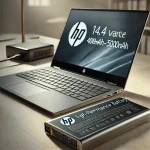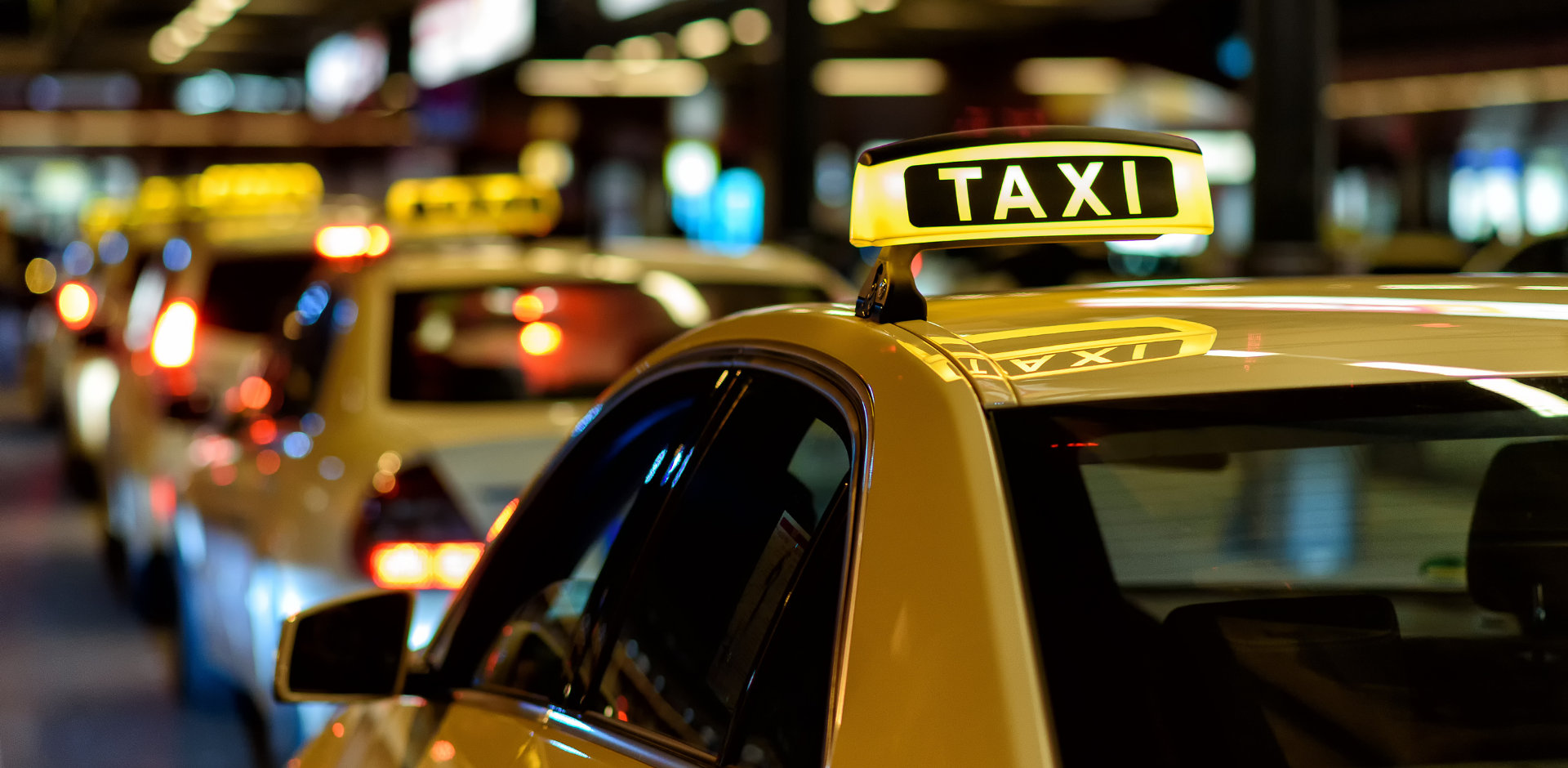Car lights are more than just illuminating the road at night. They play a crucial role in ensuring your safety and the safety of others on the road by increasing visibility in low-light conditions and communicating your driving intentions. Whether you’re a seasoned driver or just getting behind the wheel, understanding the different types of car lights and their proper use is essential.
Demystifying the Dashboard: A Guide to Car Light Functions
Modern cars come equipped with an array of lights, each serving a specific purpose. Let’s delve into the most common ones:
- Headlights: These are the workhorses of nighttime driving. They provide illumination for the road ahead and make your vehicle visible to oncoming traffic. Headlights come in two settings:
- Dipped Beam: This is the standard setting for nighttime driving. They are angled downwards to illuminate the road without blinding oncoming drivers.
- High Beam: These are much brighter and intended for use on unlit roads or in situations with extremely poor visibility. However, they should be used with caution as they can dazzle other drivers.
- Daytime Running Lights (DRLs): These are bright white lights located at the front of the car that automatically turn on when the engine is started. They increase your car’s visibility during the day, especially in low-light conditions like fog or rain.
- Tail Lights: These red lights at the rear of your car illuminate when you press the brake pedal. They signal to drivers behind you that you are slowing down or stopping.
- Brake Lights: Often integrated with the tail lights, brake lights are brighter than taillights and activate automatically when you press the brake pedal. They serve as a crucial warning system for drivers following you.
- Turn Signals (Indicators): These amber-colored lights are located at the front and rear (sometimes on the sides) of your vehicle. They flash to indicate your intention to turn or change lanes.
- Hazard Lights: These are double amber lights, one on the front and one on the back, that flash simultaneously. They are used to warn other drivers of a hazard, such as a disabled vehicle or an accident scene.
- Fog Lights: These are typically white or yellow lights mounted low on the front bumper or rear of the car. They provide better visibility in foggy or wet conditions by cutting through the fog and illuminating the road surface.
- Reverse Lights: These white lights at the rear of the car illuminate when you shift into reverse gear. They help you see behind your car when backing up and alert other drivers of your reversing intention.
- Interior Lights: These dome lights located inside the car provide illumination for the cabin. Modern cars often have additional map lights and courtesy lights for better visibility.
visit: https://www.maxcashforcars.com.au/
Using Your Lights Wisely: A Matter of Safety and Courtesy
Knowing when to use your car lights properly is crucial. Here’s a breakdown of some key situations:
- Nighttime: Headlights (dipped beam) are mandatory during nighttime hours, typically from half an hour after sunset to half an hour before sunrise.
- Low-Visibility Conditions: Use dipped beam headlights during fog, rain, snow, or any situation with reduced visibility.
- Parking: When parked on a road with a speed limit exceeding 30 mph at night, use sidelights (parking lights) to make your car visible.
- Turning and Lane Changing: Always use turn signals well in advance of turning or changing lanes.
- Hazards: Use hazard lights only in situations where your vehicle is a hazard, such as being parked on the side of the road or when towing another vehicle.
- Fog: Use fog lights only in foggy conditions. They can be counterproductive in clear weather and hinder the vision of other drivers.
- High Beams: Use high beams only on unlit roads and when there is no oncoming traffic. Dim your lights back to dipped beam when you see oncoming vehicles or approach another vehicle from behind.
Maintaining Your Car Lights: Keeping You Shining Bright
Regularly checking and maintaining your car lights is vital for optimal performance and safety. Here are some tips:
- Visual Inspection: Regularly check all your lights for cracks, discoloration, or signs of moisture damage.
- Bulb Replacement: Dim or burned-out bulbs should be replaced promptly. Consult your car’s manual or a qualified mechanic for proper bulb selection and installation.
- Headlight Alignment: Over time, headlights can become misaligned, reducing their effectiveness. Have your headlights adjusted periodically by a mechanic.
By understanding the different types of car lights, using them correctly, and maintaining them properly, you can ensure safe and responsible driving on the road. Remember, proper car lighting is not just about seeing, it’s about being seen and ensuring everyone’s safety on the road.
FAQs
General Car Lights:
- Q: What are the different types of car lights?
- A: Common car lights include headlights (dipped and full beam), taillights (including brake lights), turn signals (indicators), daytime running lights (DRLs), fog lights, and parking lights.
- Q: When should I use my headlights?
- A: You should use your headlights at night, during bad weather (rain, fog, snow), and anytime visibility is reduced (below 100 meters typically).
- Q: How do I know which headlights to use (dipped or full beam)?
- A: Use dipped headlights in most situations for better visibility without blinding oncoming drivers. Use full beams only on unlit roads at night when there’s no oncoming traffic.
- Q: What if one of my car lights is burned out?
- A: Replace the faulty bulb as soon as possible to ensure proper visibility and avoid fines.
Specific Car Light Functions:
- Q: What are daytime running lights (DRLs) for?
- A: DRLs improve your car’s daytime visibility for other drivers to see you better.
- Q: When should I use fog lights?
- A: Use fog lights in low-visibility conditions like fog or heavy rain. Their beam pattern is designed to cut through fog without reflecting back.
- Q: Are there any laws regarding car light usage?
- A: Yes, most countries and regions have regulations on when and how to use car lights. Always check your local traffic laws.
Car Light Maintenance:
- Q: How often should I check my car lights?
- A: It’s a good habit to do a visual check of all your car lights regularly (e.g., monthly) to ensure they’re functioning properly.
- Q: Can I replace car light bulbs myself?
- A: Many car bulbs can be replaced at home with a little DIY know-how. Refer to your car’s manual or consult a mechanic if unsure.
- Q: Where can I buy replacement car light bulbs?
- A: Replacement bulbs can be found at auto parts stores, online retailers, or your car dealership’s service department.
visit: https://www.maxcashforcars.com.au/cash-for-cars-brisbane/










